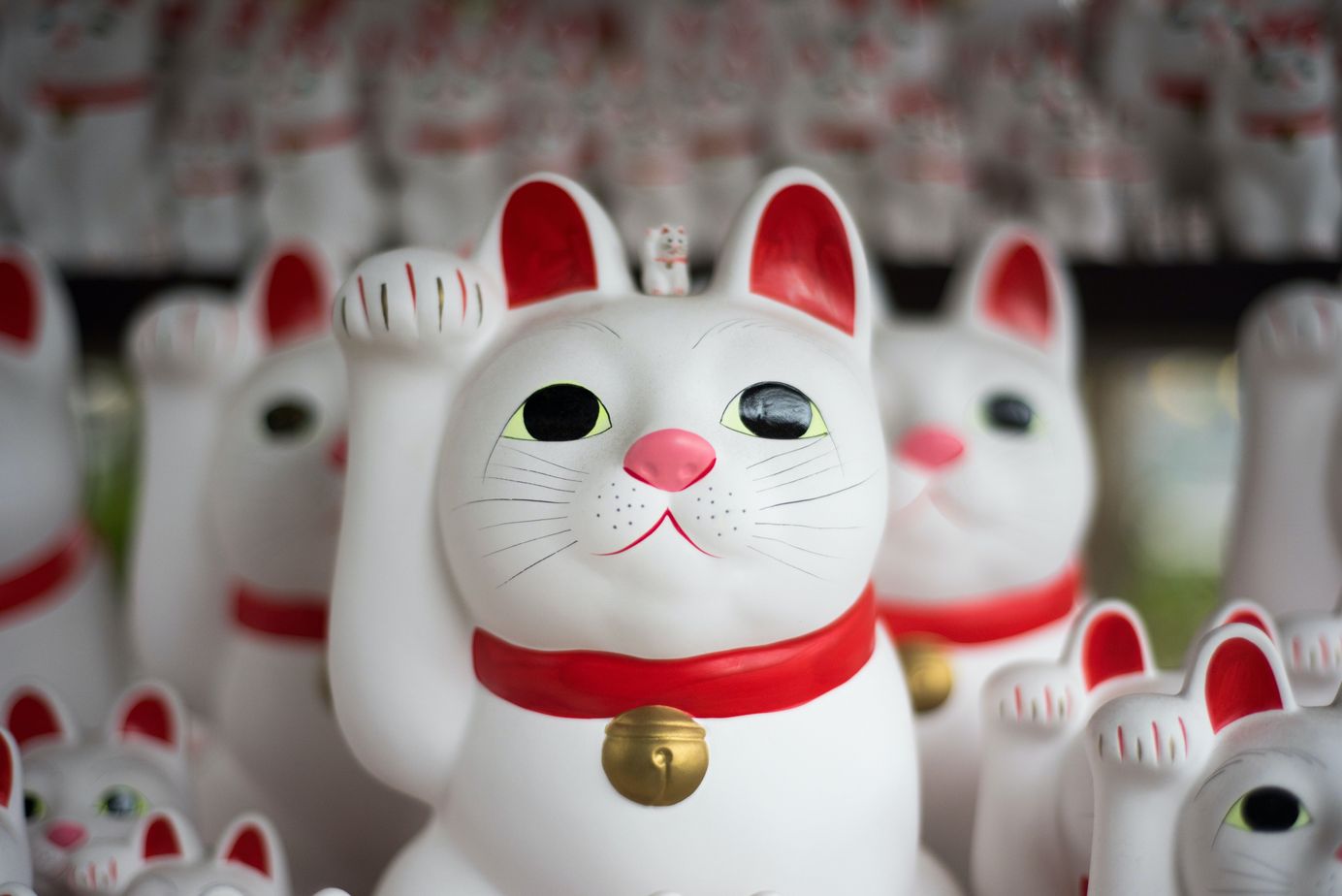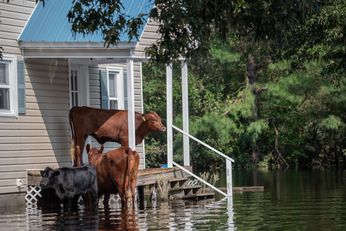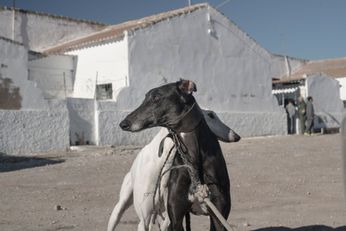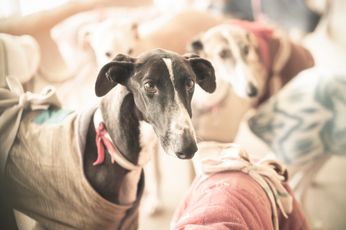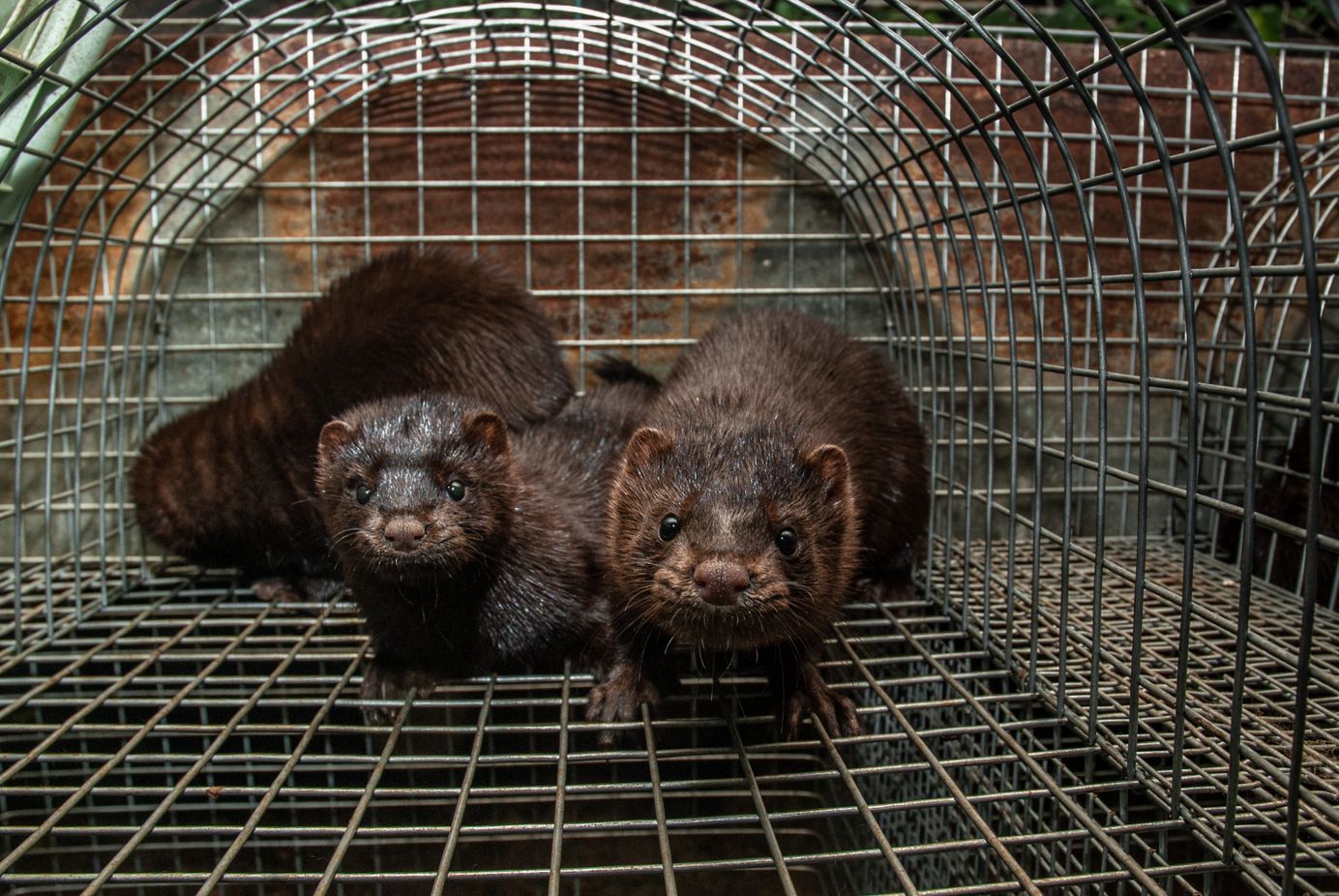
Minks for fur - Victories!
Covid put an end to the most significant mink fur industry in the world, the Danish one. 2022 seems to be a decisive year.
It's been a challenging and exhausting week trying to develop an actionable plan that would stop the unfolding of horrendous animal laws in Spain (See our previous post). Reading about the proposed retrograde initiatives in my country that would leave the natural environment management in the hands of hunters boils my blood. But it gave us a good plan for action and a template to object against the law, which hundreds of people have followed. Thank you!
That is why I wanted to bring you some positive results concerning another long-standing fight, the battle against the fur industry in Europe. I believe that seeing results on other fronts refuel our motivation and hope to continue supporting the good causes. Let's remind ourselves that hope is not a passive emotion but the best cure for apathy. That's why, I guess, you are reading these lines. Hope allows us to envision a better future than what there is now and act on it.
A brief on fur farming in Europe
Most of the fur used in fashion comes from factory farms. Estimates state that between 40-60 million animals are killed annually for the fur industry. Although traditionally most of these animals are farmed within the European Union, fur farming is still strong in the US and Canada and it is alarmingly growing in China.
This post is for paying subscribers only
SubscribeAlready have an account? Log in


